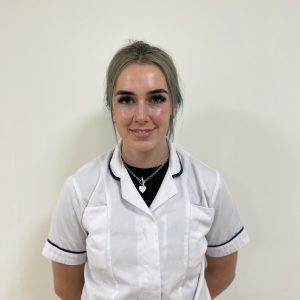Osteopathy
What is Osteopathy?
Osteopathy is a hands-on manual therapy that aims to improve health across all body systems by manipulating and strengthening the musculoskeletal framework as well as treating the main area of pain or injured area. Some examples of when Osteopathic treatments help:
Osteopathy Treatment
Osteopathy serves as a fundamental component of primary healthcare, complementing conventional medical practices. It offers suitability for a broad spectrum of individuals and plays a valuable role in addressing and managing various health conditions. Our Osteopathic practitioners primarily focus on the neuro-musculo-skeletal system, with a strong emphasis on muscles and joints, employing holistic and patient-centric approaches.
Range of Techniques in Osteopathy:
- Soft Tissue Techniques: These techniques involve gentle manipulation of muscles, fascia, tendons, and ligaments to release tension, improve flexibility, and promote circulation.
- Joint Mobilization: Our Osteopaths use various techniques to restore normal joint mobility and alleviate joint stiffness.
- Muscle Energy Techniques (MET): MET involves the patient contracting specific muscles while our Osteopaths apply resistance to improve joint range of motion.
- Myofascial Release: Focuses on releasing tension and restrictions in the fascia, the connective tissue that surrounds and supports muscles and organs.
- Cranial Osteopathy: Involves gentle manipulation of the cranial bones and membranes to promote relaxation and balance within the craniosacral system.
- Visceral Manipulation: Improves the mobility and function of internal organs.
- High-Velocity Low-Amplitude (HVLA) Thrusts: HVLA is a technique commonly associated with Chiropractic care, our Osteopaths also use it to mobilize joints through quick, controlled movements.
How Osteopathy Can Benefit:
- Pain Relief: Osteopathic treatment can help alleviate musculoskeletal pain, such as back pain, neck pain, and joint pain, by addressing underlying imbalances and restrictions.
- Improved Mobility: By restoring joint mobility and soft tissue flexibility, Osteopathy can enhance overall range of motion and function.
- Posture and Alignment: Osteopathy can help correct postural imbalances and promote better alignment, reducing strain on the body and improving posture.
- Injury Rehabilitation: Osteopathic techniques can aid in the recovery and rehabilitation of injuries, sports-related or otherwise.
- Stress Reduction: Osteopathic treatment, including cranial techniques, may promote relaxation and reduce stress and tension.
- Enhanced Circulation and Lymphatic Drainage: Osteopathic manipulation can improve blood flow and lymphatic drainage, supporting overall health.
- Support for Various Conditions: Osteopathy can be beneficial for a wide range of conditions, including headaches, digestive issues, respiratory problems, and more.
Fascial Osteopathy
Fascial/Myofascial Osteopathy/Myofascial Release focuses on the fascial system of the body. Fascia is a connective tissue that surrounds and supports muscles, bones, organs, and other structures. It plays a crucial role in maintaining the body’s structural integrity and providing support and protection. This hands-on technique aimed at releasing tension, restrictions, and adhesions within the fascial network. The goal is to restore the natural mobility and balance of the fascial system, which can have a positive impact on various aspects of health and well-being.
Some of the conditions and issues that Fascial Osteopathy may be helpful in treating include:
- Musculoskeletal pain: Fascial restrictions can contribute to musculoskeletal pain, such as back pain, neck pain, shoulder pain, and joint stiffness. Fascial Osteopathy can help alleviate these symptoms and improve overall mobility.
- Postural imbalances: Poor posture can lead to chronic pain and dysfunction. Fascial Osteopathy can address imbalances in the fascial system, helping to improve posture and reduce strain on the body.
- Sports injuries: Fascial Osteopathy may aid in the recovery and rehabilitation of sports-related injuries by releasing tension in affected areas and promoting tissue healing.
- Chronic tension and stress-related disorders: Stress and tension can create holding patterns in the fascial tissues, leading to chronic pain and discomfort. Fascial Osteopathy can help release this tension and promote relaxation.
- Headaches and migraines: Fascial restrictions in the head, neck, and shoulder region may contribute to headaches and migraines. Fascial Osteopathy can potentially alleviate these symptoms.
- Repetitive strain injuries: People who perform repetitive movements in their daily activities or jobs may develop fascial restrictions, leading to discomfort. Fascial Osteopathy can assist in addressing these issues.
- Post-surgical rehabilitation: After surgery, scar tissue can form, potentially leading to reduced mobility and discomfort. Fascial Osteopathy may help in breaking down scar tissue and promoting tissue healing.
- Fibromyalgia: Some individuals with Fibromyalgia may find relief through Fascial Osteopathy, as it can help address tender points and reduce overall muscle tension.
- Digestive disorders: Fascial restrictions in the abdomen may impact digestive function. Fascial Osteopathy can be used to address these restrictions and potentially improve gastrointestinal health.
Visceral Osteopathy
Visceral Manipulation Osteopathy improves the mobility and function of the internal organs in the body. It is based on the idea that the organs have their own rhythmic movements and that disruptions in these movements can lead to various health issues and imbalances. Gentle and specific manual techniques to evaluate the mobility of the organs and surrounding structures.Our therapist applies soft pressure to encourage normal movement, release adhesions, and restore proper organ function. The goal is to improve the organ’s ability to move freely, enhance blood flow, lymphatic drainage, and nerve function, and promote overall health and well-being.
Visceral Manipulation can benefit a wide range of individuals, including those who experience:
- Digestive issues: It can be beneficial for conditions such as constipation, bloating, irritable bowel syndrome (IBS), and acid reflux by addressing restrictions in the gastrointestinal organs.
- Pelvic pain and dysfunction: Visceral Manipulation may help with pelvic pain, urinary incontinence, and painful menstruation by addressing imbalances in the pelvic organs.
- Back and neck pain: Organ mobility issues can contribute to referred pain in the back and neck regions, and Visceral Manipulation may help relieve these symptoms.
- Respiratory problems: It can be helpful for individuals with asthma, chronic bronchitis, or breathing difficulties by addressing restrictions in the respiratory organs and diaphragm.
- Post-surgical rehabilitation: After surgeries involving the organs, adhesions and scar tissue can form, leading to decreased mobility and discomfort. Visceral Manipulation can aid in releasing these adhesions and promoting healing.
- Pregnancy-related issues: Visceral Manipulation can assist pregnant women with various discomforts, including back pain, digestive issues, and pelvic pain.
- Stress-related conditions: The technique may help individuals with stress-related tension and anxiety by promoting relaxation and balancing the autonomic nervous system.
- Urogenital conditions: Visceral Manipulation may be beneficial for individuals with urinary urgency, frequency, or other urogenital issues.
- Circulatory problems: By improving blood flow and lymphatic drainage, Visceral Manipulation may support individuals with circulatory issues.
Cranial Osteopathy
Cranial Therapy, is a gentle light touch form of bodywork that focuses on the craniosacral system, which includes the brain, spinal cord, and cerebrospinal fluid that surrounds and protects them. Cranial Therapy works with subtle rhythms and movements in the craniosacral system can be felt and manipulated to improve overall health and well-being. The goal is to release any restrictions or imbalances in the system, promote relaxation, and encourage the body’s natural self-healing mechanisms.
Benefits of Cranial Therapy include:
- Pain relief: It may help reduce headaches, migraines, and various types of bodily pain.
- Stress reduction: Cranial Therapy promotes relaxation and can help alleviate stress and tension.
- Improved sleep: Many people report better sleep patterns and quality after cranial therapy sessions.
- Enhanced nervous system function: By working with the craniosacral system, the therapy may improve overall nervous system health.
- Emotional release: Some individuals experience emotional release and relief from emotional trauma during or after sessions.
- Better immune function: Cranial Therapy may support the immune system, allowing the body to defend against illnesses more effectively.
Cranial Therapy is suitable for people of all ages, from infants to the elderly. It can be used to address a wide range of conditions, including but not limited to:
- Chronic pain conditions
- Headaches and migraines
- Stress-related disorders
- Neck and back pain
- Temporomandibular joint (TMJ) dysfunction
- Post-traumatic stress disorder (PTSD)
- Sleep disturbances
- Infant colic and breastfeeding difficulties
- Autism spectrum disorders
- Learning difficulties and developmental delays
Back, Joint, Arthritis
Osteopathic Treatment uses various techniques focusing on the joints, muscles, fascia, spine and body as a whole, not just the injured or affected part.
Our treatments aim to positively affect and balance the body’s nervous, circulatory, and lymphatic systems. Osteopathy is a complementary therapy and can be used alongside conventional treatment to improve overall health.

Injuries
Osteopathic therapy, led by Osteopathic physicians (DOs), is a holistic approach to treating sports and work injuries. DOs use manual techniques like Osteopathic Manipulative Treatment (OMT) to relieve pain and improve musculoskeletal function.
We also offer pain management, rehabilitation exercises, and focus on patient education for injury prevention, often collaborating with other healthcare providers. This holistic approach considers overall health and well-being, making it effective for injury recovery and prevention.
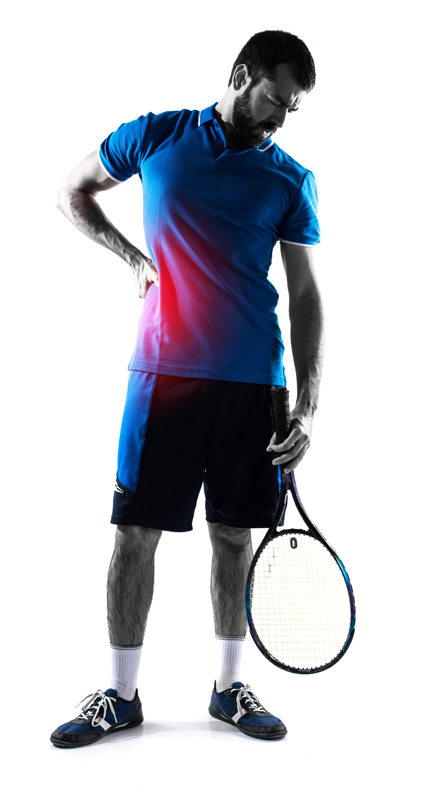
Post Surgery
Osteopathic therapy aids post-surgery recovery by managing pain, improving mobility, and promoting faster healing.
It also addresses scar management and considers the patient’s overall well-being. Our Osteopathic physicians provide individualized care tailored to each patient’s needs, making it a valuable complement to standard medical treatment after surgery.
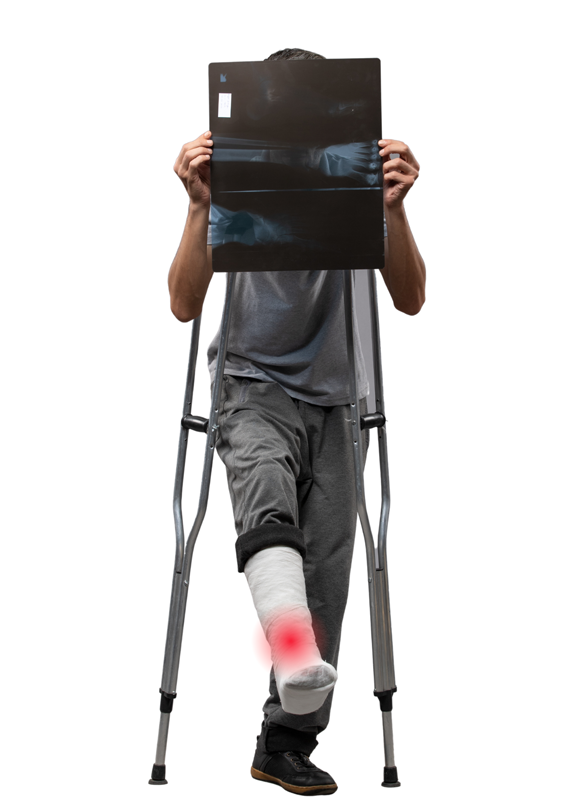
Headaches and Posture
Osteopathic therapy can help with headaches by addressing muscle tension and alignment issues in the neck and spine through hands-on techniques, exercises, and lifestyle guidance.
For postural problems, we evaluate and correct musculoskeletal imbalances, offering exercises and ergonomic advice to improve posture. Osteopathic therapy takes a holistic approach to relieve symptoms and target underlying causes.

Osteopathy is for all ages, from babies to elderly. Initial Osteopathic treatment entails the diagnosis and treatment. A patient consultation will take place before any active treatment or management begin. In this consultation, the patient will discuss their health/injury/pain concerns (case notes will be taken). The session will last approximately 45 minutes. Osteopathy emphasizes on self-healing treatments and may also advise dietary changes, home exercise programs, posture, stress and lifestyle adjustments.
